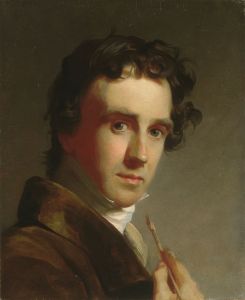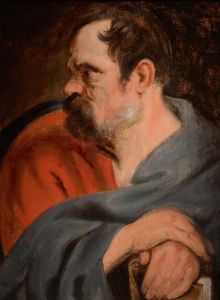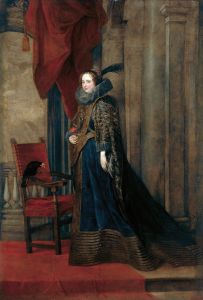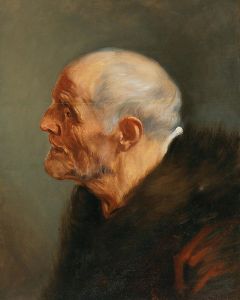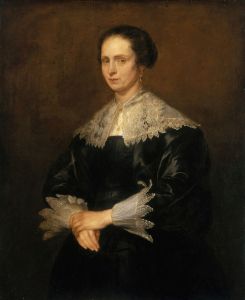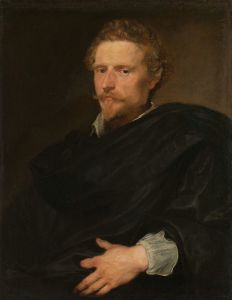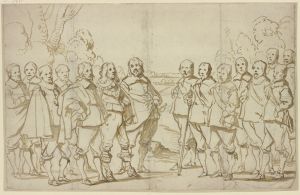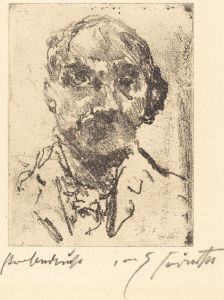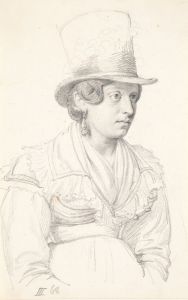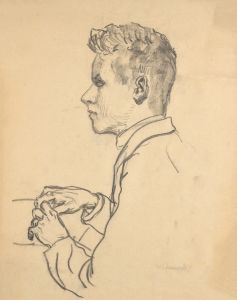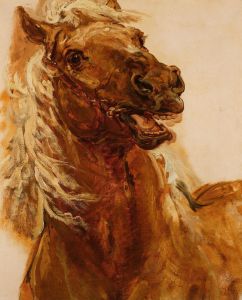
Study Head
A hand-painted replica of Anthony van Dyck’s masterpiece Study Head, meticulously crafted by professional artists to capture the true essence of the original. Each piece is created with museum-quality canvas and rare mineral pigments, carefully painted by experienced artists with delicate brushstrokes and rich, layered colors to perfectly recreate the texture of the original artwork. Unlike machine-printed reproductions, this hand-painted version brings the painting to life, infused with the artist’s emotions and skill in every stroke. Whether for personal collection or home decoration, it instantly elevates the artistic atmosphere of any space.
"Study Head" is a painting by the renowned Flemish Baroque artist Anthony van Dyck, who was a leading court painter in England and a prominent figure in the development of 17th-century European art. Van Dyck is best known for his portraits, which are characterized by their elegance, attention to detail, and the psychological depth with which he captured his subjects.
The painting "Study Head" is a fine example of van Dyck's skill in capturing the human form and expression. Although specific details about this particular work are limited, it is understood to be one of the many studies van Dyck created during his career. These studies were often used as preparatory works for larger compositions or as exercises in capturing different expressions and poses.
Van Dyck's technique in "Study Head" reflects his mastery of chiaroscuro, the use of strong contrasts between light and dark to achieve a sense of volume and three-dimensionality. This technique was a hallmark of the Baroque period and is evident in the way van Dyck rendered the facial features and expressions in his studies. The subtle gradations of light and shadow in "Study Head" demonstrate van Dyck's ability to convey the texture of skin and the play of light across the human face.
The subject of "Study Head" is typically rendered with a focus on realism and naturalism, capturing the nuances of expression that convey the sitter's personality or mood. Van Dyck's studies often feature anonymous sitters, allowing him to explore a range of human emotions and expressions without the constraints of a formal portrait commission. This freedom enabled him to experiment with different techniques and approaches, contributing to his development as an artist.
Anthony van Dyck's influence extended beyond his lifetime, as his portrait style became a model for subsequent generations of artists. His ability to capture the essence of his subjects with grace and sensitivity set a standard for portraiture that continued to resonate throughout the Baroque period and beyond. "Study Head" exemplifies the qualities that made van Dyck's work so admired: technical proficiency, a keen eye for detail, and an ability to imbue his subjects with a sense of presence and vitality.
While "Study Head" may not be as widely recognized as some of van Dyck's larger and more famous works, it remains an important piece within his oeuvre, showcasing his skill in rendering the human form and his contribution to the art of portraiture. As with many of van Dyck's studies, it provides insight into his working process and the artistic concerns that occupied him throughout his career.





